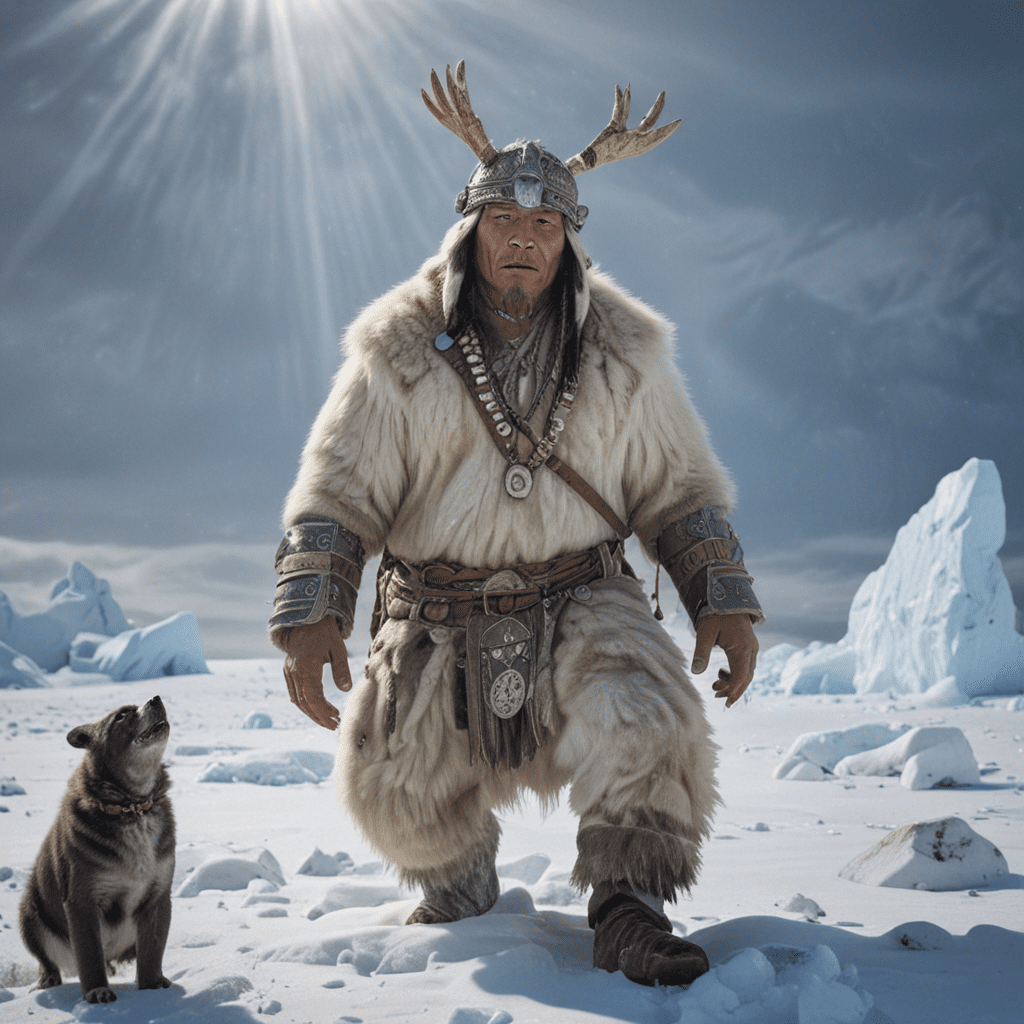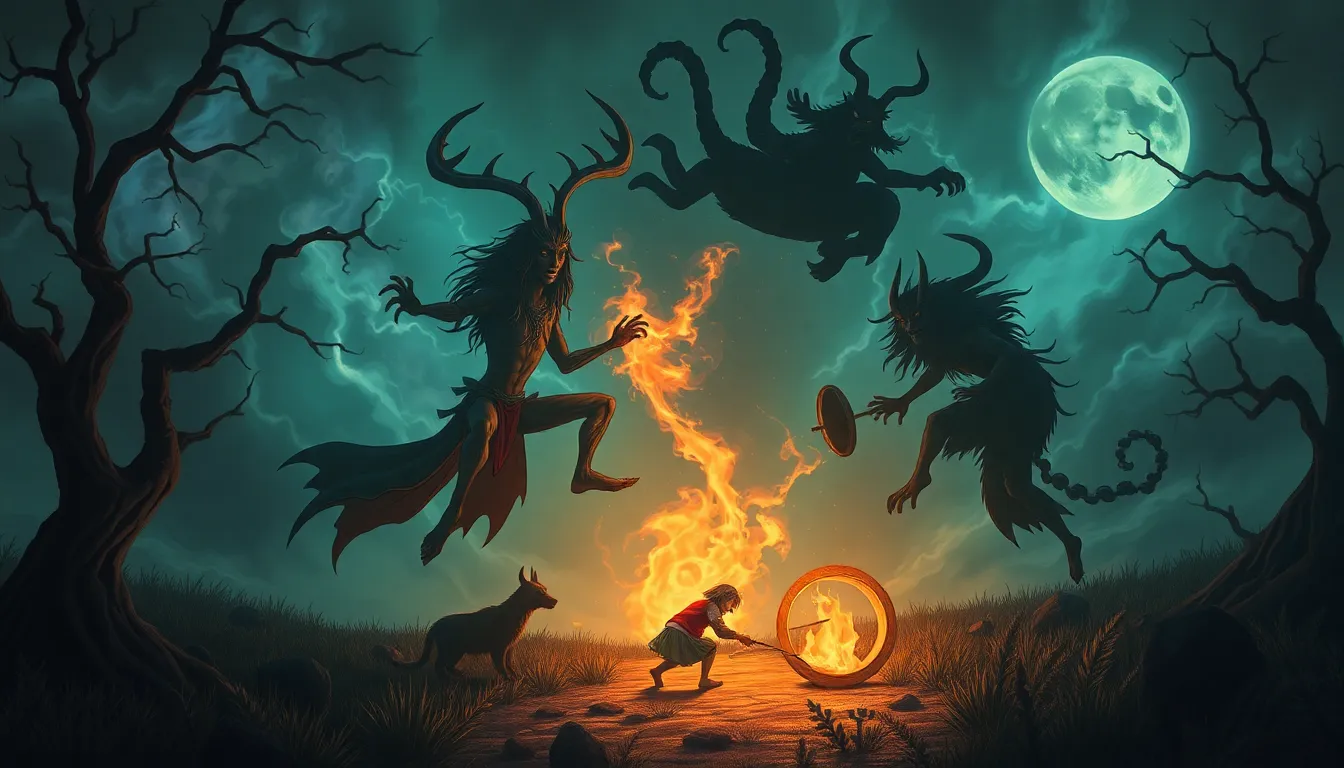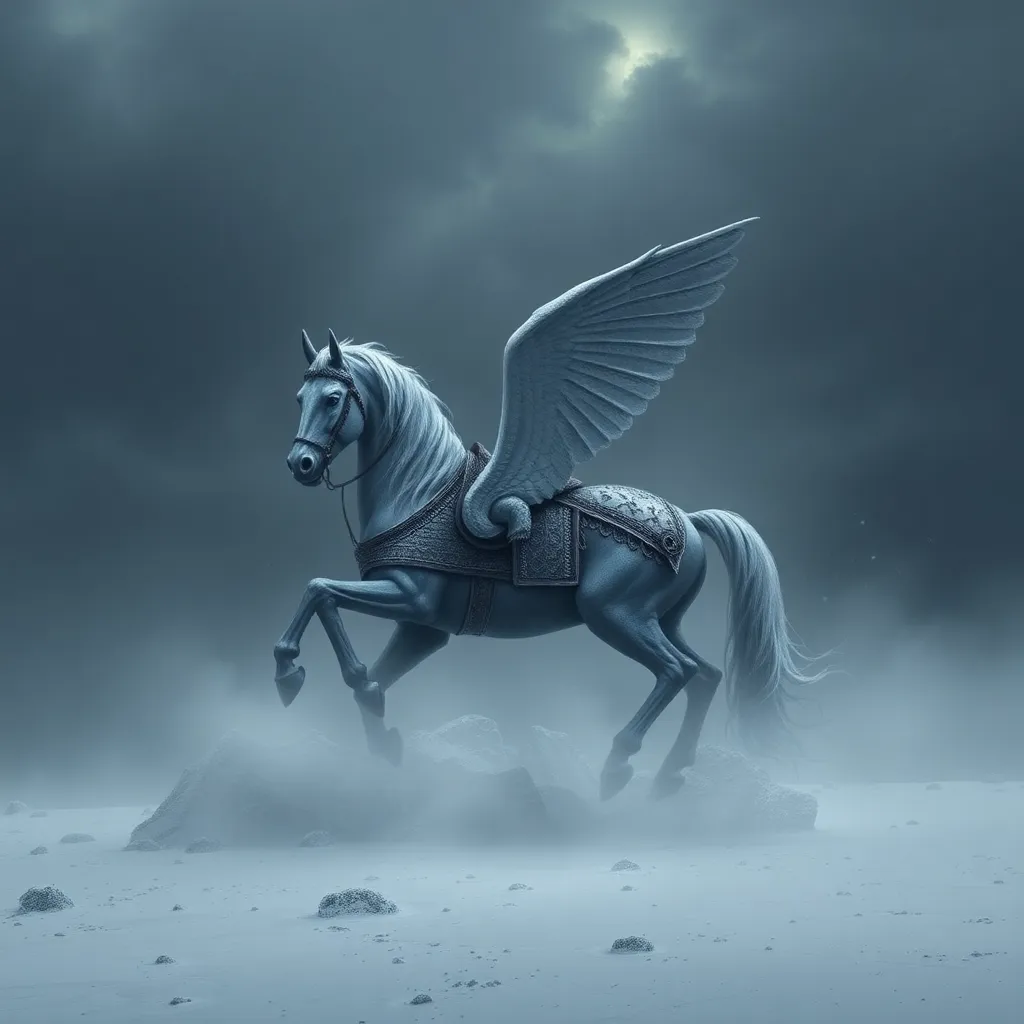The Mythology of the Inuit People
I. Introduction
The mythology of the Inuit people, hailing from the Arctic regions of North America, Greenland, and Siberia, is a captivating collection of stories, legends, and spiritual beliefs that have shaped their culture and identity for centuries. These narratives offer profound insights into their worldview, their relationship with the unforgiving Arctic environment, and the intricate web of supernatural beings that inhabit their imaginations.
II. Creation Myths
The Inuit's creation myths recount the origins of the world and the genesis of humanity. According to tradition, the primordial world was a frozen void until the arrival of Sedna, the goddess of the sea. Sedna's fingers and toes became the first animals, while her breath gave life to humans. Raven, a cunning trickster, played a pivotal role in creating land and order from the chaos.
III. Legends of Heroes and Ancestors
Inuit mythology abounds with tales of legendary heroes and ancestors whose exploits have become woven into the fabric of their history. Among them is Tulugak the Shaman, a powerful spirit guide who mediates between the living and the dead. Another prominent figure is Kiviok the Hunter, renowned for his extraordinary abilities and unwavering determination in the face of adversity.
IV. Animal Spirits and Supernatural Creatures
The Arctic environment plays a central role in Inuit mythology, influencing the beliefs and superstitions that shape their daily lives. Animals, both real and mythical, hold special significance. Tuurngait, also known as Giant Daggers, are feared creatures that inhabit the sea and can bring misfortune to those who encounter them. Nanook, the Polar Bear Spirit, commands respect and embodies the strength and resilience of the Arctic's apex predator.
V. The Afterlife and Spirit World
Death and the afterlife occupy a central place in Inuit mythology. Asalivik, or the Land of the Dead, is believed to be a realm of darkness and cold, where souls wander aimlessly until their remains are properly buried. Qailertetang, or Spirit Guides, guide the souls of the deceased to the afterlife and grant protection to the living.
VI. Shamans and Rituals
Shamans, known as Angakkuq in the Inuit tradition, hold a sacred and esteemed place in their mythology. These spiritual intermediaries possess the ability to communicate with the spirit world, heal the sick, and ensure the well-being of the community. Rituals play a significant role in Inuit culture, offering a means of connecting with the supernatural realm and maintaining balance in the face of life's uncertainties.
VII. The Arctic Environment in Mythology
The unforgiving Arctic environment serves as a constant backdrop in Inuit mythology, shaping their beliefs and infusing their stories with themes of survival, adaptation, and resilience. The ice, snow, and unforgiving wilderness become both a source of sustenance and a constant threat, influencing the Inuit's relationship with the land and their reliance on the animals that inhabit it.
VIII. Oral Tradition and Storytelling
Inuit mythology is primarily transmitted through oral tradition and storytelling, passed down through generations through elders and community gatherings. This rich tradition of storytelling serves as a vital means of preserving cultural identity, reinforcing societal values, and inspiring future generations. Elders play a crucial role as custodians of these narratives, ensuring that the wisdom and experiences of the past remain accessible to the community.
IX. Cultural Significance
Inuit mythology serves as a foundational pillar of their societal identity, offering a profound exploration of their spirituality, values, and beliefs. These narratives provide a framework for understanding the Inuit people's place within the natural world and their relationship with the supernatural realm. Through the exploration of themes such as creation, survival, and the afterlife, Inuit mythology offers invaluable insights into the intricate tapestry of this ancient culture.
X. Conclusion
The mythology of the Inuit people is a profound testament to their deep connection to the land, their resilience in the face of adversity, and their rich cultural traditions. These stories have shaped their society for centuries, providing a framework for understanding the world and their place within it. As a living tradition, Inuit mythology continues to inspire and enrich the lives of present and future generations, preserving the essence of this unique culture for years to come.
Frequently Asked Questions (FAQs):
Q: What is the most important Inuit myth?
A: Many Inuit myths hold great significance, but the story of Sedna, the goddess of the sea, is considered foundational, as it explains the origins of the world and the Inuit people.
Q: Who is the trickster figure in Inuit mythology?
A: Raven is a prominent trickster figure in Inuit mythology, known for his cunning and ability to transform himself into different shapes.
Q: How do the Inuit view the afterlife?
A: In Inuit mythology, the afterlife is known as Asalivik, a cold and dark realm where souls wander until their remains are properly buried.
Q: What role do shamans play in Inuit culture?
A: Shamans, known as Angakkuq, are highly respected spiritual intermediaries who communicate with the spirit world, heal the sick, and perform rituals to maintain balance within the community.



